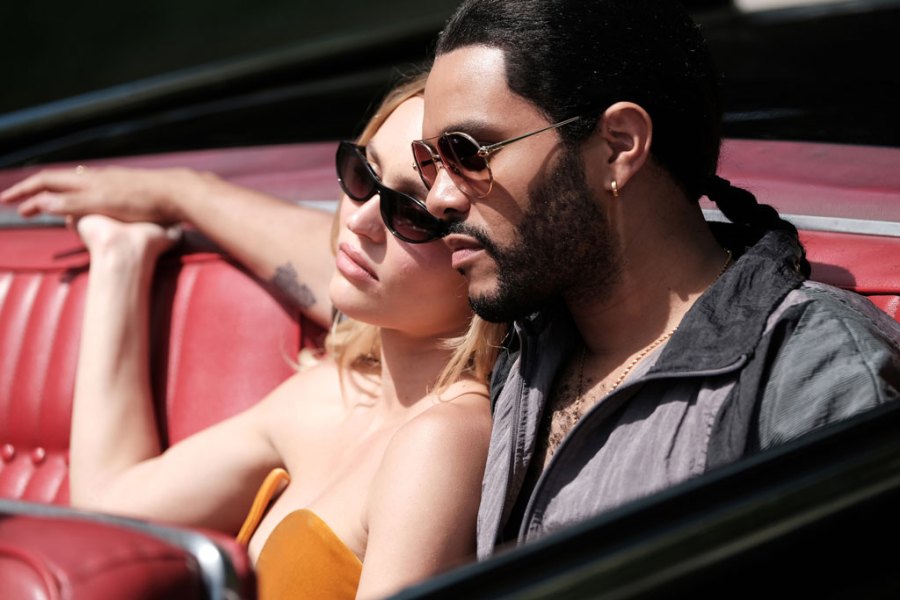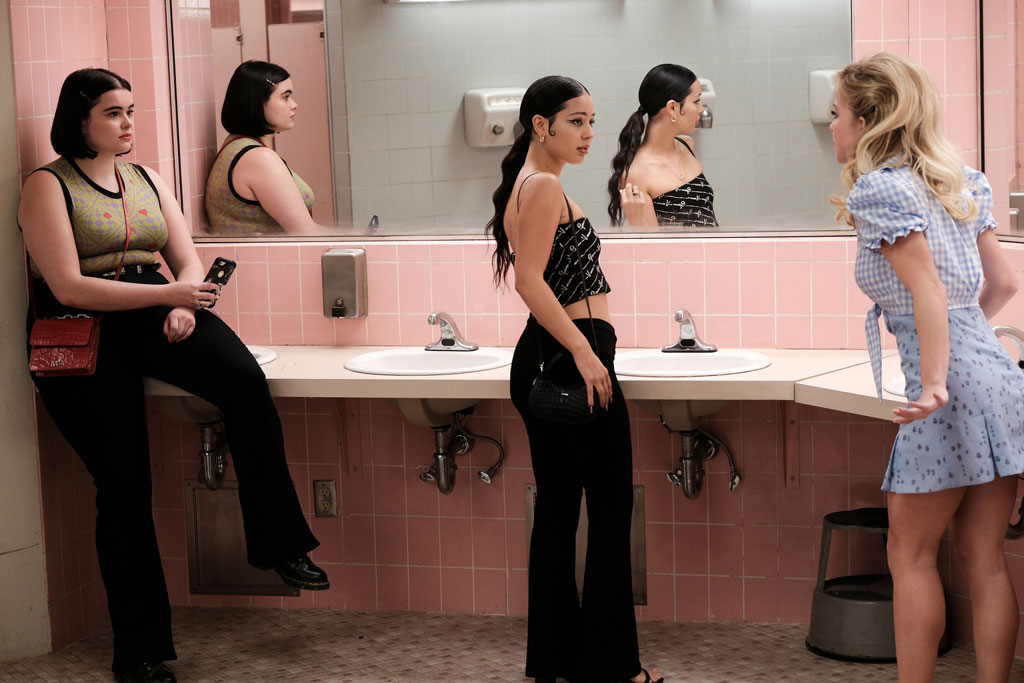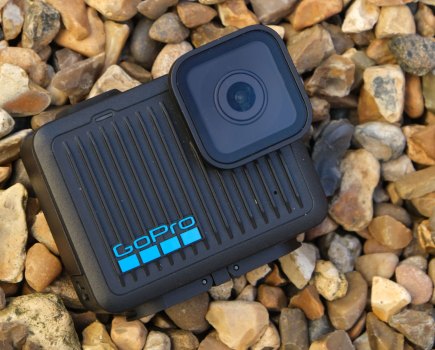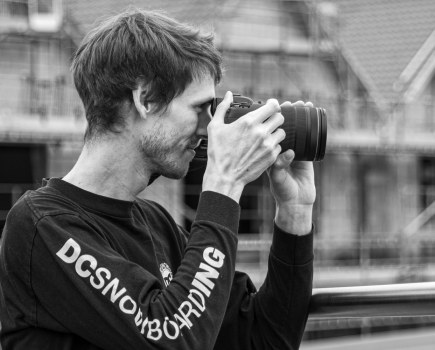‘Euphoria’ cinematographer Marcell Rév said in an interview with IndieWire that the new HBO series ‘The Idol’ was filmed on Kodak 35mm and that he prefers film to digital. He elaborated that ‘With digital, you’re always trying to fight this cold and distant look’. A number of films coming out this year have also been filmed on Kodak film, including Wes Anderson’s ‘Asteroid City’, Christopher Nolan’s ‘Oppenheimer’ and Martin Scorsese’s first Western ‘Killers of the Flower Moon’.
Kodak’s 500T, 250D and Ektachrome 35mm film were used for ‘The Idol’. ‘Film just looks better’ Rév said, ‘especially with something like this, where we’re using a lot of available light. I like the vibe it creates on set — it’s a more focused environment — and I like the unpredictable nature of it, that you have to wait a day to see how it came out. I’ve been shooting film for at least 10 years, and it surprises me every time… and usually, it’s a very good surprise.’
‘Euphoria’ is well-known for its distinct cinematic style, which Levinson calls ’emotional realism’, as well as its elaborate and meticulously choreographed camera moves, and season 2 was shot entirely on Kodak 35mm Ektachrome film. ‘The Idol’, starring Lily-Rose Depp and Abel ‘The Weeknd’ Tesfaye as well as notably including K-pop girl group BlackPink’s Jennie in the cast, is already proving controversial since it premiered earlier this month on HBO.
Rév said that ‘The Idol’ was shot differently to ‘Euphoria’ to accommodate co-creator and star Abel ‘The Weeknd’ Tesfaye, who had no acting experience before appearing in the show. Instead of working with just one camera and composing deliberately designed shots as is costumary with ‘Euphoria’, three cameras were used to capture the action similarly to the way it’s done in reality TV.
On ‘Euphoria’ we work our blocking around the camera,’ Rév said, ‘This time it was more like we were working the camera around the actors. The approach was to create something real and film it as opposed to setting up shots.’ Levinson and Rév took a new approach to lenses as well, relying on zooms. ‘It was great for these long shots covering a lot of space and connecting wide shots to close-ups,’ Rév said. ‘But there’s also a thriller aspect to it when you have a slow zoom on a face from a distance.’
Rév was inspired by classics from the 70s like ‘Klute’ and ‘The Parallax View’, saying that when he did use prime lenses he opted for vintage glass from that era, like the Zeiss MK1 B-speed lenses.
Related content:
- How to make high quality video with your camera
- Best cameras for video, vlogging, and videography in 2023
- Best smartphones for video in 2023
- This summer: shoot film, shush your inner perfectionist
Follow AP on Facebook, Twitter, Instagram, YouTube and TikTok.









